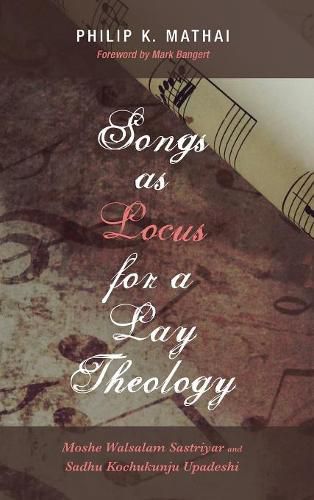Readings Newsletter
Become a Readings Member to make your shopping experience even easier.
Sign in or sign up for free!
You’re not far away from qualifying for FREE standard shipping within Australia
You’ve qualified for FREE standard shipping within Australia
The cart is loading…






This title is printed to order. This book may have been self-published. If so, we cannot guarantee the quality of the content. In the main most books will have gone through the editing process however some may not. We therefore suggest that you be aware of this before ordering this book. If in doubt check either the author or publisher’s details as we are unable to accept any returns unless they are faulty. Please contact us if you have any questions.
Hymns and songs have long been the most frequent and characteristic expression of communal beliefs, particularly among faith traditions that lack authoritarian or rigidly codified doctrinal statements. Even among Christian traditions that do include a strong focus on creeds, catechism and liturgy, it is hymnody, more than anything else, that sustains their lay theology. The hymns of Moshe Walsalam Sastriyar (1847-1916) and Sadhu Kochukunju Upadeshi (1883-1945)–both from the Kingdom of Travancore in southwest India–transcend denominational boundaries and have been embraced far beyond their historical communities of origin as a means of articulating faith and spirituality. Against a missionizing backdrop of western-dominated hymnody and theology, these songs and writings from the fringes of colonialism were embraced by local communities and became their chosen expression of faith. As such, they evoked a lay consciousness quite distinct from official theologies of the church. In Walsalam and Kochukunju, along with other Christian writers of their period and culture, we see a unique inter-weaving of local traditions and the global Christian message–one that transformed social and spiritual relationships for individuals and their communities alike.
$9.00 standard shipping within Australia
FREE standard shipping within Australia for orders over $100.00
Express & International shipping calculated at checkout
This title is printed to order. This book may have been self-published. If so, we cannot guarantee the quality of the content. In the main most books will have gone through the editing process however some may not. We therefore suggest that you be aware of this before ordering this book. If in doubt check either the author or publisher’s details as we are unable to accept any returns unless they are faulty. Please contact us if you have any questions.
Hymns and songs have long been the most frequent and characteristic expression of communal beliefs, particularly among faith traditions that lack authoritarian or rigidly codified doctrinal statements. Even among Christian traditions that do include a strong focus on creeds, catechism and liturgy, it is hymnody, more than anything else, that sustains their lay theology. The hymns of Moshe Walsalam Sastriyar (1847-1916) and Sadhu Kochukunju Upadeshi (1883-1945)–both from the Kingdom of Travancore in southwest India–transcend denominational boundaries and have been embraced far beyond their historical communities of origin as a means of articulating faith and spirituality. Against a missionizing backdrop of western-dominated hymnody and theology, these songs and writings from the fringes of colonialism were embraced by local communities and became their chosen expression of faith. As such, they evoked a lay consciousness quite distinct from official theologies of the church. In Walsalam and Kochukunju, along with other Christian writers of their period and culture, we see a unique inter-weaving of local traditions and the global Christian message–one that transformed social and spiritual relationships for individuals and their communities alike.